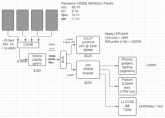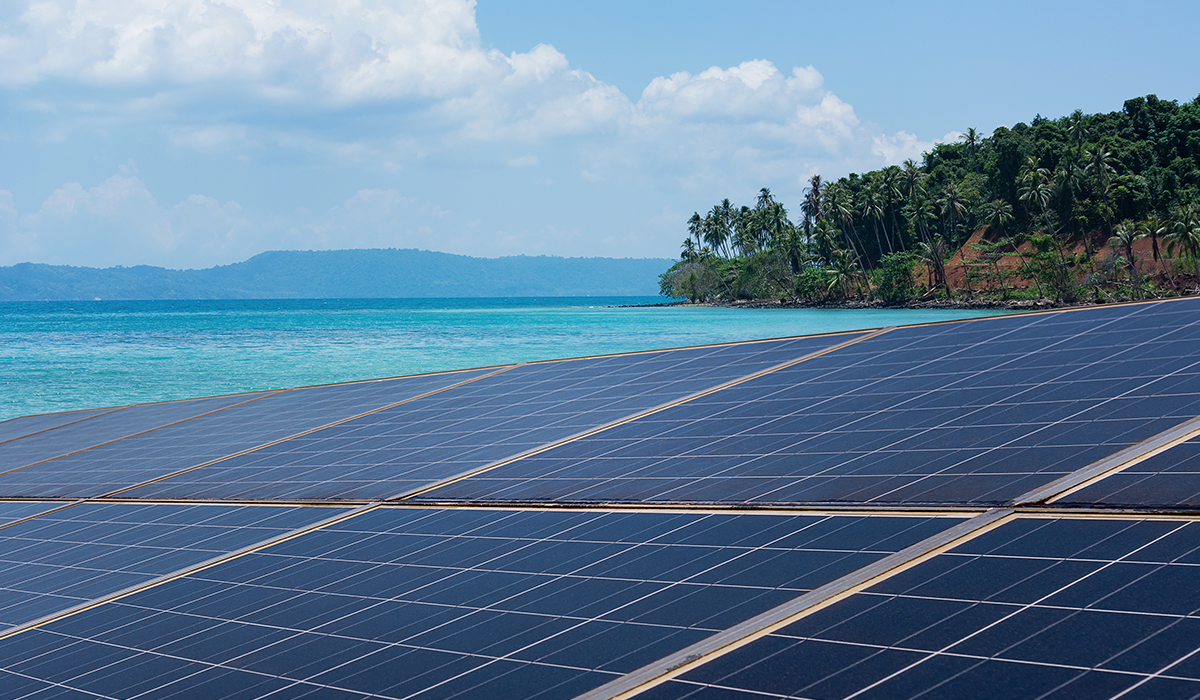I'm about to install (via contractor, non-diy) 20x Panasonic N330E (panel+ Enphase iQ7+ microinverters), and am pondering how I could make use of them during an extended grid outage (earthquake, zombies, etc. so I guess not too far from the standard prepper scenario).
Grid-tied or hybrid batteries weren't in the cards, so I'm thinking of functionality more along the lines of a Sunny Boy secure outlet, optimized for minimal cost, and able to power for a few hours a day an upright freezer, or trickle-charge an EV at the lowest 720W charge rate, and low-power phone/laptop chargers.
My idea, in the event of an extended outage, would be to get up on the roof;disconnect 4+ panels from their microinverters; run new MC4 cable into a parallel combiner; then to a Victron 100/30 feeding into a 1500W 24V inverter. A pair of small batteries would help buffer demand surges, but my plan would be to draw significant power only during full-sun periods. PVwatts says with 4 panels I should see 600+ watts >4/hours/day for ~300 days/year.
The batteries seem like the weak point here, but my hope is that they'll only come into play when the freezer compressor starts up, or if clouds/birds shade the panels during heavy continuous load (eg EVSE).
Outside of zombie uprisings I figure I'll use this this kit for camping alongside 2 50W 12 V panels I already own, maybe in a 12V configuration with a smaller inverter.
Does this seem reasonable? Crazy?

Grid-tied or hybrid batteries weren't in the cards, so I'm thinking of functionality more along the lines of a Sunny Boy secure outlet, optimized for minimal cost, and able to power for a few hours a day an upright freezer, or trickle-charge an EV at the lowest 720W charge rate, and low-power phone/laptop chargers.
My idea, in the event of an extended outage, would be to get up on the roof;disconnect 4+ panels from their microinverters; run new MC4 cable into a parallel combiner; then to a Victron 100/30 feeding into a 1500W 24V inverter. A pair of small batteries would help buffer demand surges, but my plan would be to draw significant power only during full-sun periods. PVwatts says with 4 panels I should see 600+ watts >4/hours/day for ~300 days/year.
The batteries seem like the weak point here, but my hope is that they'll only come into play when the freezer compressor starts up, or if clouds/birds shade the panels during heavy continuous load (eg EVSE).
Outside of zombie uprisings I figure I'll use this this kit for camping alongside 2 50W 12 V panels I already own, maybe in a 12V configuration with a smaller inverter.
Does this seem reasonable? Crazy?

Last edited:






